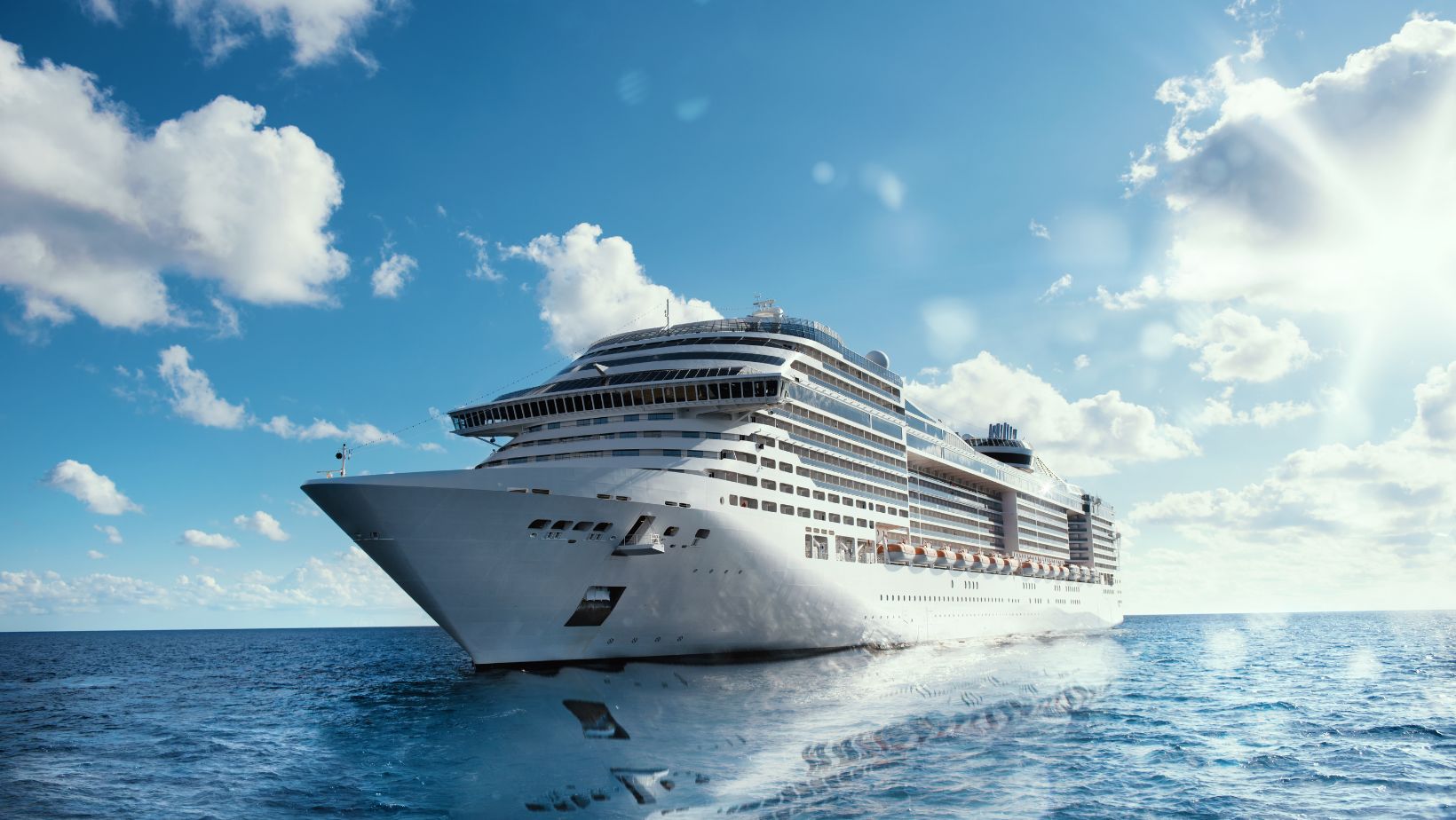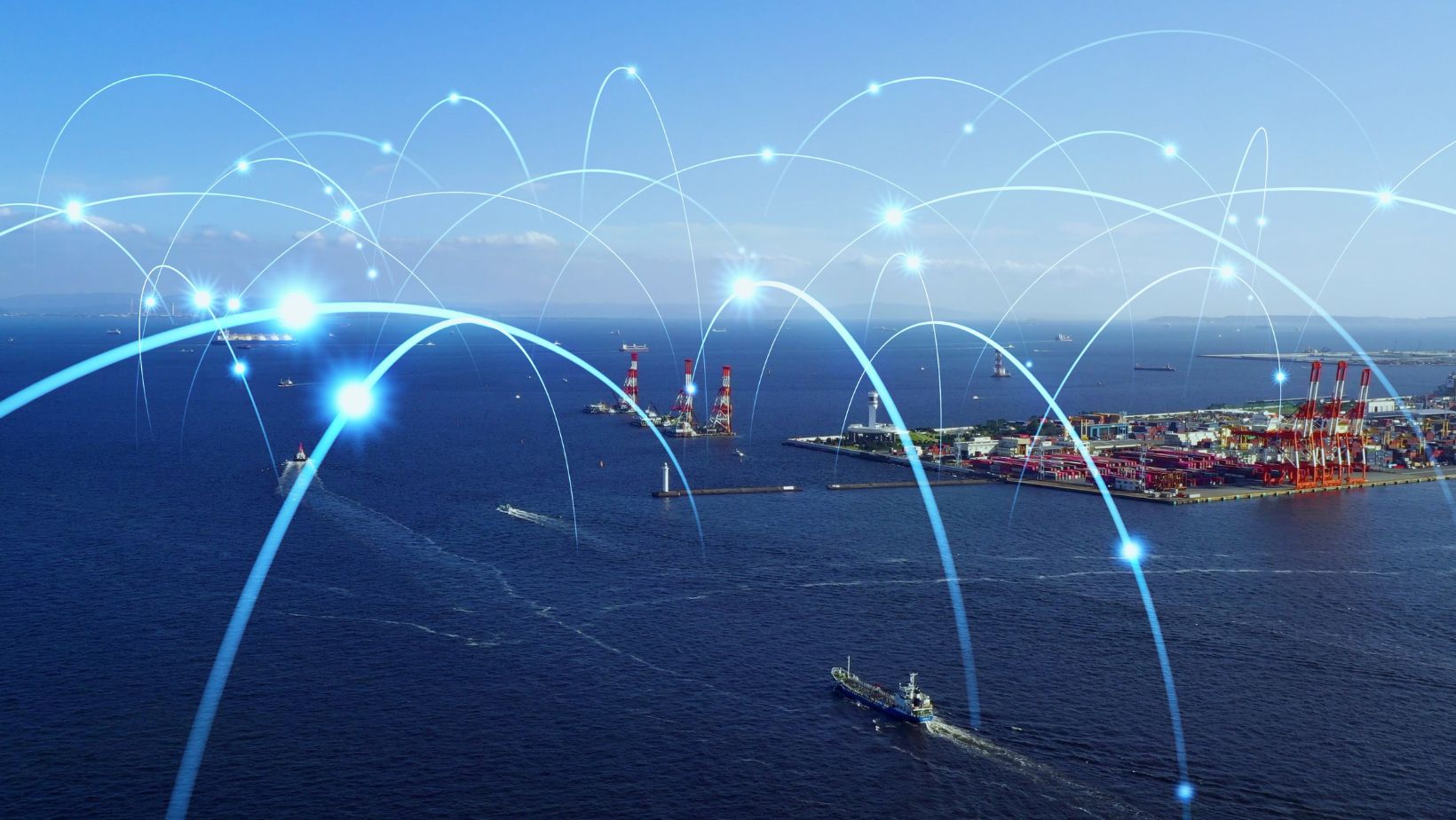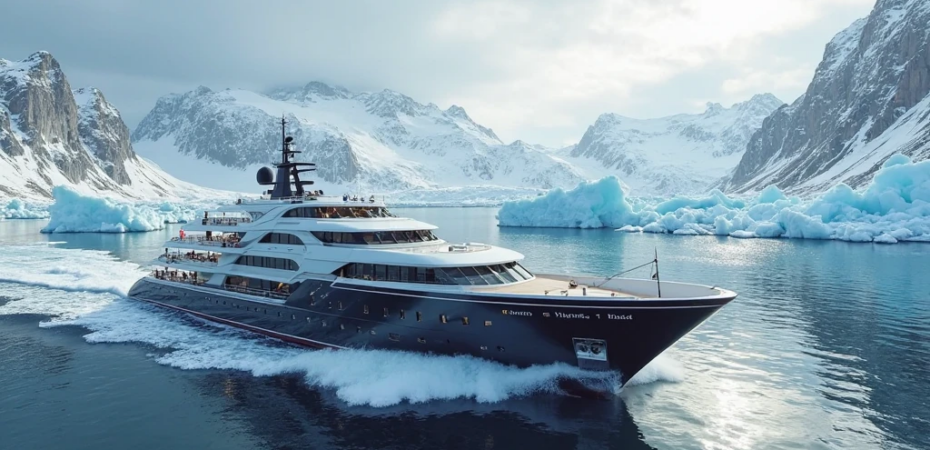The maritime tourism industry has observed a notable expansion within its upper segment, particularly in expedition cruising. This specialized sector offers high-value voyages to remote global destinations, with the Arctic, Antarctica, and West Africa emerging as key areas of interest for operators and discerning travellers seeking unique and immersive experiences.
These voyages are distinguished by their focus on smaller-scale operations, enhanced service levels, and itineraries designed for in-depth exploration. As traditional luxury travel evolves, the demand for experiential journeys to less conventional locales continues to shape the offerings within this niche market.
Market Dynamics And Segment Definition
The contemporary travel landscape reflects a growing appetite for experiences that combine exclusivity with genuine exploration. Within this context, luxury expedition cruising has carved out a significant niche, moving beyond conventional tourism routes to access some of the world’s most isolated and environmentally remarkable areas. The development of advanced maritime technology, coupled with an increased focus on sustainable travel practices, has facilitated access to regions such as the circumpolar Arctic, the Antarctic continent, and the diverse coastlines of West Africa.
These destinations, while disparate in their geographical and cultural characteristics, share an appeal rooted in their relative remoteness and the unique observational opportunities they present. Luxury operators such as Swan Hellenic in this sphere differentiate themselves not only through the destinations offered but also through the comprehensive nature of their service, the expertise of their onboard teams, and the quality of their vessels, which are often purpose-built or specifically adapted for challenging environments. This analysis will explore the defining characteristics of luxury expedition cruises, delineate their principal distinctions from mainstream cruise operations, and examine the specific attractions of itineraries focused on the Arctic, Antarctic, and West African regions.
Defining Characteristics Of Luxury Expedition Cruising
The luxury expedition cruise product is defined by several core attributes that collectively create a distinct market offering:
- Vessel Specifications and Capacity: Operations typically utilize smaller, often purpose-built vessels. These ships generally accommodate a limited number of passengers, frequently between 100 and 300, fostering an intimate onboard environment and allowing access to smaller ports and secluded anchorages inaccessible to larger ships. For polar regions, vessels are ice-strengthened (e.g., Ice Class 1A or 1B) and equipped with advanced navigation and safety systems.
- High Service Ratios and Inclusivity: A significant differentiator is the high crew-to-guest ratio, often approaching or exceeding 1:1.5. This enables a high degree of personalized service. The pricing structure is typically all-inclusive, encompassing accommodation (often suite-based), gourmet dining, beverages (including alcoholic), gratuities, Wi-Fi, and a program of shore excursions led by expert guides.
- Onboard Expertise and Enrichment: A strong emphasis is placed on educational enrichment. Expedition teams usually consist of specialists such as naturalists, marine biologists, ornithologists, historians, geologists, and professional photographers. These experts deliver lectures, lead discussions, and guide field excursions, providing in-depth contextual understanding of the regions visited.
- Itinerary Design and Focus: Itineraries are designed to maximize immersion in the destination. This often involves flexible scheduling to take advantage of wildlife sightings or optimal weather conditions. The focus is on exploration and education rather than solely on leisure, though high levels of comfort are maintained.
- Sustainability and Environmental Considerations: Reputable luxury expedition operators demonstrate a commitment to responsible tourism, often adhering to stringent environmental protocols (such as those set by IAATO in Antarctica and AECO in the Arctic) to minimize their footprint in these ecologically sensitive areas.
Principal Distinctions From Standard Cruise Operations
Luxury expedition cruises diverge significantly from conventional mass-market cruise offerings in several key operational and philosophical aspects:

- Scale and Passenger Volume: The most apparent difference lies in the scale of operation. Standard cruises utilize large vessels carrying thousands of passengers, whereas luxury expeditions prioritize smaller groups for a more exclusive experience and lower environmental impact per visit.
- Itinerary Prioritization: Mainstream cruises often feature itineraries connecting multiple high-traffic ports with an emphasis on onboard entertainment and a wide array of facilities. Luxury expeditions, conversely, select remote or less-visited destinations, with the journey and destination immersion being the primary attractions.
- Service Model and Personalization: While standard cruises provide a broad range of services, the luxury model is predicated on proactive, highly personalized service. This includes attention to individual preferences, often with dedicated butler services for higher-category suites, and a more bespoke approach to guest requests.
- Cost Structure and Value Proposition: The upfront cost of a luxury expedition cruise is substantially higher. However, its all-inclusive nature often represents considerable value when all components (fine dining, premium beverages, expert-led excursions, gratuities) are factored in, compared to the à la carte pricing common on standard cruises.
- Onboard Atmosphere and Amenities: The onboard environment on luxury expeditions is generally more subdued and intellectually engaging, with an emphasis on observation lounges, libraries, and lecture theatres. While comfort and quality are paramount, the focus is less on expansive entertainment complexes and more on providing a sophisticated base for exploration.
Focus Destinations: Arctic, Antarctic, And West African Itineraries
The appeal of luxury expeditions to the Arctic, Antarctica, and West Africa lies in their unique geographical and cultural offerings:
- The Arctic: Voyages to regions such as Svalbard, Greenland, the Canadian Arctic, and the Russian Far East offer encounters with polar wildlife (polar bears, walruses, reindeer, arctic foxes, various whale species), dramatic glacial landscapes, and indigenous cultures. Operations are seasonal (primarily Northern Hemisphere summer) and require ice-strengthened vessels. The educational component focuses on glaciology, Arctic ecology, and the history of polar exploration.
- Antarctica: The Antarctic Peninsula and associated islands like South Georgia and the Falkland Islands are primary destinations. These expeditions, occurring during the Southern Hemisphere summer, provide unparalleled opportunities to witness vast penguin rookeries, seal colonies, and diverse cetaceans amidst monumental icebergs and pristine wilderness. Operations are strictly regulated by the Antarctic Treaty System and IAATO guidelines to protect the fragile environment.
- West Africa: An emerging destination for luxury expedition cruising, West Africa offers a rich tapestry of cultures, histories, and ecosystems. Itineraries may include countries from Senegal to Angola, exploring archipelagos like Cape Verde or the Bissagos Islands (a UNESCO Biosphere Reserve), river systems, and coastal communities. These voyages provide insights into diverse traditions, colonial history, and unique biodiversity, often with a strong anthropological and ornithological focus. The logistical complexities and developing tourism infrastructure in some areas necessitate the self-contained, high-support model of expedition vessels.
Concluding Remarks
Luxury expedition cruising to remote regions such as the Arctic, Antarctica, and West Africa represents a distinct and evolving segment of the global tourism market. Characterized by small-ship operations, high standards of service, educational enrichment, and a focus on experiential travel, these voyages cater to a clientele seeking in-depth engagement with unique environments and cultures.

The operational distinctions from mainstream cruising are significant, emphasizing exclusivity, personalized attention, and comprehensive, all-inclusive value propositions. As traveller preferences continue to lean towards more meaningful and responsible exploration, this niche sector is poised for sustained relevance and development.


 By
By 




